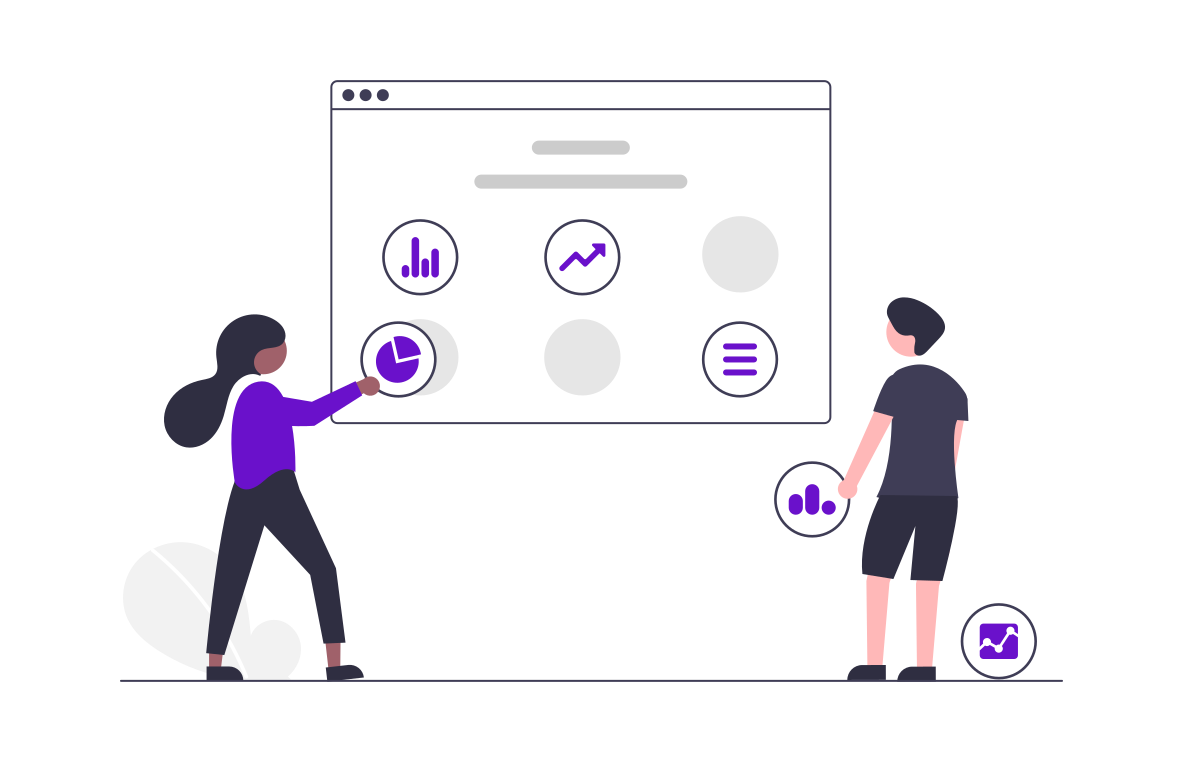In today’s competitive business landscape, understanding and effectively targeting your audience is critical for success. One powerful approach to refine your targeting efforts is through firmographic segmentation. This technique involves categorizing your business customers based on various firmographic attributes, such as industry, company size, revenue, and location. By leveraging firmographic segmentation, you can tailor your marketing strategies to better meet the needs of different segments, thereby enhancing engagement and boosting conversion rates. In this article, we'll delve into the steps you can take to implement firmographic segmentation effectively in your marketing strategy.
Understanding Firmographic Segmentation
Firmographic segmentation is akin to demographic segmentation but focuses on B2B markets rather than B2C. It involves dividing your market into segments based on characteristics that describe businesses rather than individuals. Common firmographic attributes include:
- Industry: Categorizing companies based on the sector they operate in, such as technology, healthcare, or finance.
- Company Size: Segmentation by the number of employees or the scale of operations.
- Revenue: Grouping businesses according to their annual revenue.
- Location: Dividing the market based on geographical boundaries.
- Ownership Structure: Differentiating between publicly traded companies, privately held businesses, and government organizations.
Steps to Implement Firmographic Segmentation
-
Define Your Segmentation Criteria: Start by identifying which firmographic attributes are most relevant to your business. Consider factors like your product or service offering, market positioning, and business objectives.
-
Collect Data: Gather accurate and comprehensive firmographic data. This can be achieved through various means such as CRM systems, market research, third-party data providers, and public records. Ensure your data is up-to-date to maintain the relevance and accuracy of your segments.
-
Analyze and Segment: Use the collected data to analyze and categorize your market. Employ data analytics tools to identify patterns and relationships within the data, which can help in defining clear and actionable segments.
-
Profile Your Segments: Develop detailed profiles for each segment. These profiles should include information about the segment’s firmographic attributes, key challenges, pain points, and potential needs. Understanding these aspects will help in crafting more personalized marketing messages.
-
Tailor Your Marketing Strategies: Customize your marketing strategies to cater to the unique characteristics of each segment. This could involve developing targeted content, personalized email campaigns, and bespoke offers that resonate with the specific needs and preferences of each segment.
-
Implement and Monitor: Launch your segmented marketing campaigns and continuously monitor their performance. Use KPIs such as engagement rates, conversion rates, and ROI to assess the effectiveness of your segmentation strategy.
-
Refine and Optimize: Based on the performance data, refine your segments and marketing strategies. Regularly update your firmographic data and adjust your approach to ensure ongoing relevance and effectiveness.
Benefits of Firmographic Segmentation
Implementing firmographic segmentation offers several advantages:
-
Improved Targeting: With a clear understanding of different business segments, you can focus your marketing efforts on the most promising prospects, thereby increasing the efficiency of your campaigns.
-
Enhanced Personalization: Tailoring your messages and offers to the specific needs and characteristics of each segment leads to higher engagement and better customer relationships.
-
Better Resource Allocation: By identifying the segments that are most likely to convert, you can allocate your marketing resources more effectively, optimizing your budget and efforts.
-
Increased Conversion Rates: When your marketing efforts resonate more deeply with your target audience, you’re likely to see higher conversion rates and improved sales performance.
Conclusion
Firmographic segmentation is a powerful tool for B2B marketers aiming to refine their targeting and improve their marketing outcomes. By systematically collecting and analyzing firmographic data, defining clear segments, and tailoring your marketing strategies to each segment’s unique needs, you can enhance the relevance and effectiveness of your marketing efforts. As a result, you'll be better positioned to engage your target audience, drive conversions, and achieve your business goals.


